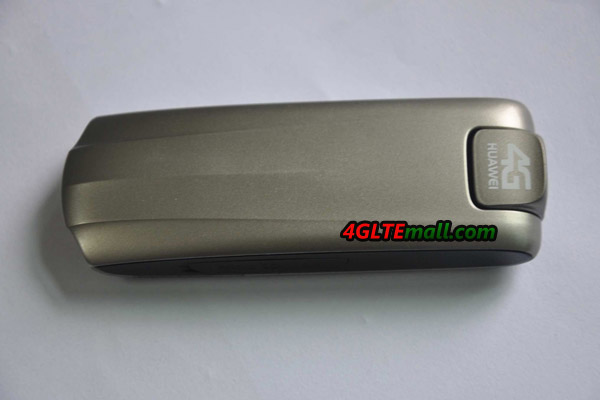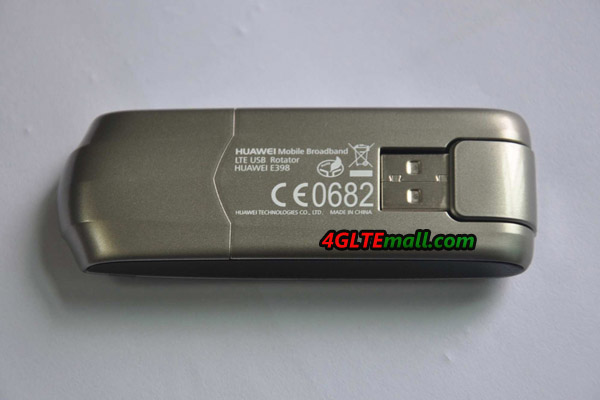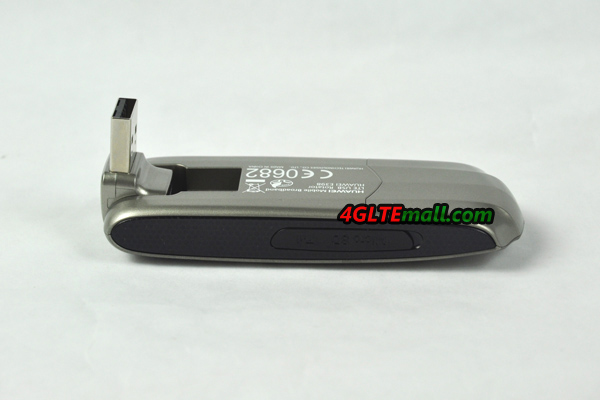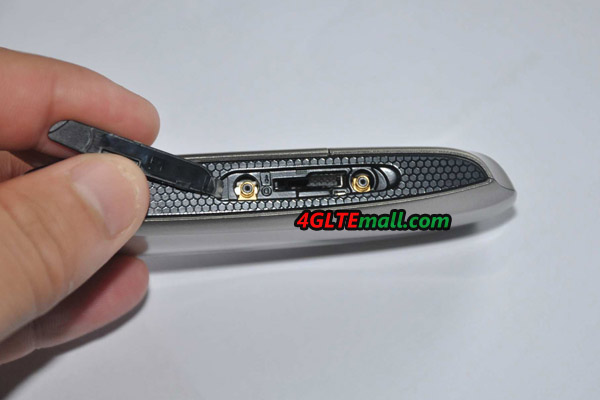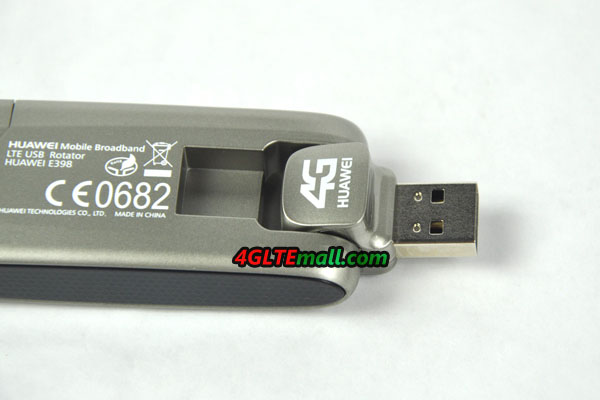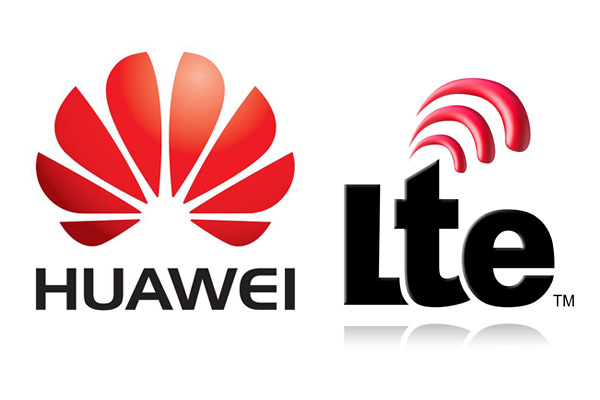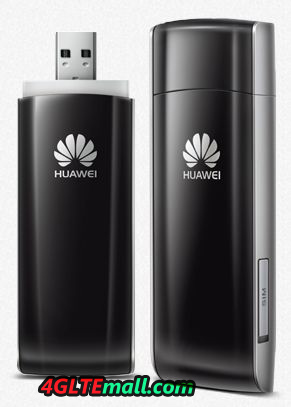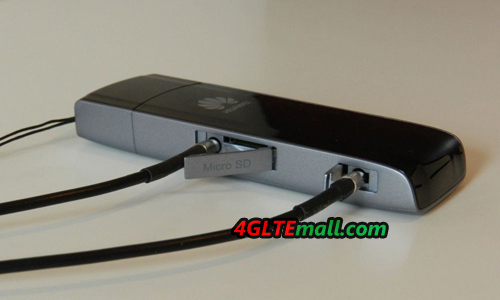Comparing with Huawei E398 other branch models, such as Huawei E398u-1, E398u-18 and E398u-15, Huawei E398s-81 should be a special one, it’s not because Huawei E398s-81 has different appearance as other models, it’s due to Huawei E398s-81 supports the TDD & FDD LTE band simultaneously, which covers the 4G LTE TDD 2300/2600MHz and FDD 2600MHz.
As the one of the most frequency bands for TDD, band 38 (2600MHz) and band 40 (2300Mhz) are invested by many operators who are planning or already launched TDD networks.
Today, we get the Huawei E398s-81 4G LTE TDD FDD Surf stick with HUAWEI logo on it. It seems that it’s SIM card free and unlocked to any operators. Usually, if there is an operator’s logo on HUAWEI E398 modem, it may be a locked one, but the modem could be unlocked by some methods.
From the appearance, we could see that HUAWEI E398s-81 is just like other E398 branch models, with the rotatable USB design. There is only HUAWEI 4G on the USB. No other logo was printed on the back.
As previously mentioned, Huawei E398s-81 could support the LTE bands/Spectrum above: 4G LTE FDD 2600MHz and TDD 2300/2600MHz. This should be the most important difference between HUAWEI E398u-1, E398u-15 and E398u-18.
With same appearance of E398u-11 and E398u-15, Huawei E398s-81 has two external antenna connectors beside the two sides of Micro SD slot. If user wants to use data card with MIMO technology, HUAWEI E398s-81 is a good option optional. Here now, only few models of 4G LTE USB Surfstick are available on the market for both TDD and FDD networks. HUAWEI E398s-81 should be a good one based on HUAWEI prestige.
Unlike other E398 Modems, Huawei E398s-81 could not work with 3G UMTS network or 2G GSM/GPRS network. So Huawei E398S-81 could only work on 4G LTE networks. If 4G networks are not available in certain place, HUAWEI E398s-81 can’t work. So users may consider this before they buy it.
As the brother model, Huawei E392 4G FDD TDD multi-mode data card also has one similar model, the model number is Huawei E392u-92. HUAWEI E392u-92 supports 4G TDD 2300/2600 Mhz, but HUAWEI E392u-92 can’t support 4G FDD networks.
If you want know more details of them, welcome to buy it from www.4gltemall.com .
